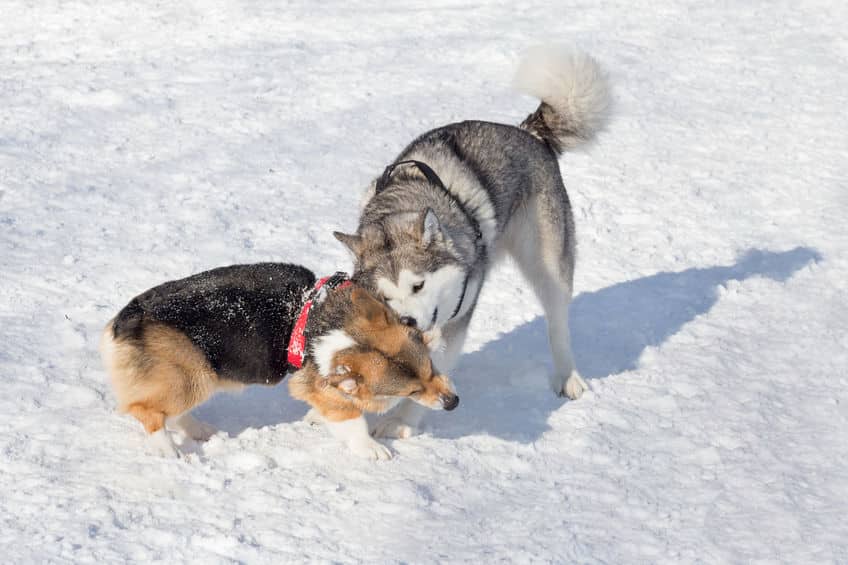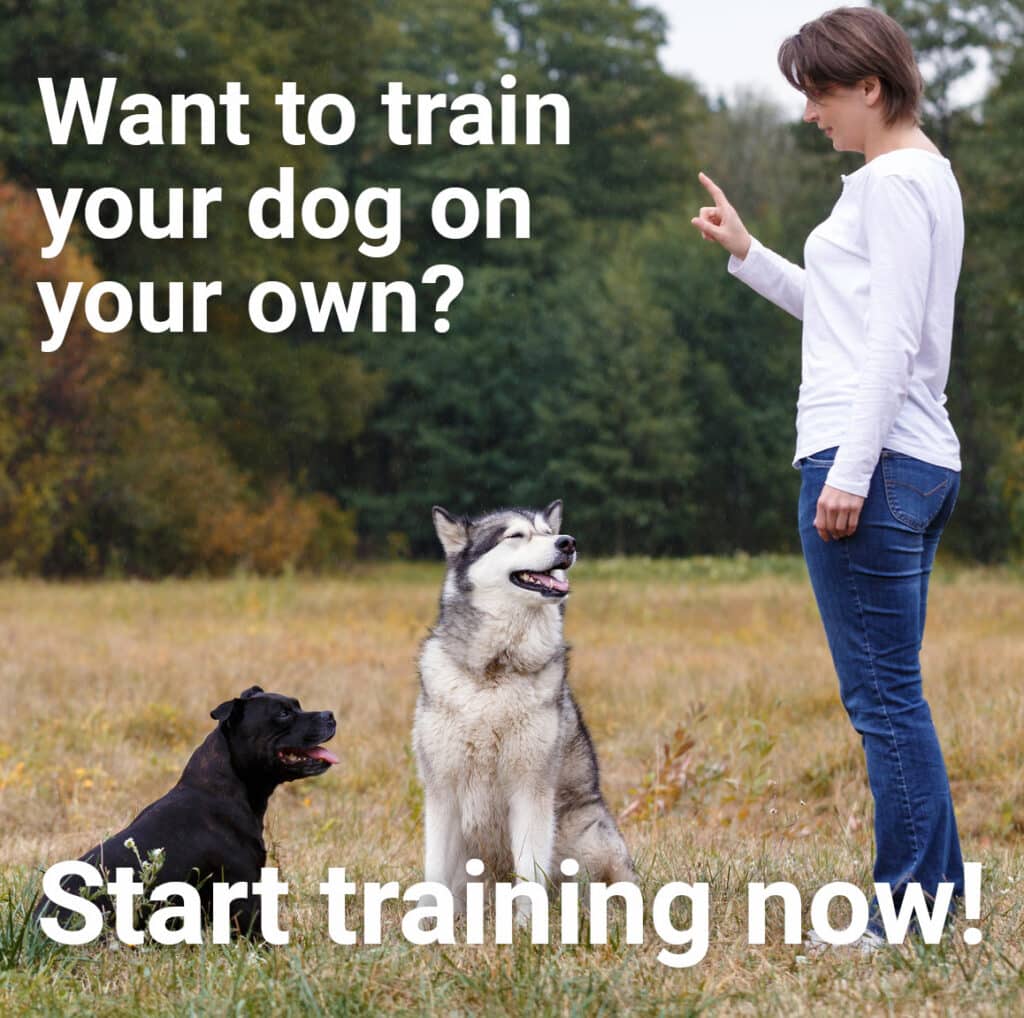So much talk about such a simple little word. It’s all over the media and in discussions on forums and blogs. People are either trying defend or attack the theory of dominance, hierarchy and pack mentality. In many circles the words ‘dominance’ and ‘alpha’ have become the devil in dog training, while others have made them the buzz words for training dogs. In truth, the dogs don’t care what words we use, they care about how they are treated and who is keeping them safe.
Dogs are cooperative and highly social creatures who rely on each other for survival when grouped together. They learn to form a hierarchy in order to maintain cooperation and harmony in their lives, just like many other social beings including humans. When we live together we need to find a balance in our lives so we can thrive together. A team needs a coach, a classroom needs a teacher, a family needs a parent. We all need some help to guide us through our days and we usually look to the one who has the greatest experience and confidence in the moment.
Too many leaders can create havoc because no one knows who to listen to or follow. If one parent heads in one direction to hunt and the other parent goes in the opposite direction, who does the family follow? We need one leader in charge or the pack splits up and there is no successful hunt that day. In truth, it comes down to survival.
Without leadership the family unit will fall apart and it’s everyone for themselves, which simply leads to chaos. Structure has social value, families provide support to its members and someone needs to be in charge.
As the human in your dogs’ world you need to be the decision maker otherwise it is like letting a toddler run the show. Like having a teacher walk into a classroom of unruly children, if the teacher wants success they need to lead the way. The teacher sets the rules and structure of the classroom, and the playground. They should always have the best interest of the children at heart, and be the decision maker for the group.
Does that leadership position have to be harsh? No. A good teacher is patient, kind, and trustworthy, but always ready to have an opinion about a child’s behavior, be willing to correct the wrong choices and guide a child in a better direction, always encouraging the child to choose better behavior on their own. The same relationship should exist between you and your dog.
When people buy into a theory of dog training they tend to jump in with both feet and see training only through those glasses, whether it be: treated based, harsh devices or relationship. When people think dog training is all about dominance and submission then every act a dog does is immediately tossed into that arena. Rather like teaching a man to use a hammer and everything becomes a nail, they think every dogs behavior is an effort to dominate when in fact it is not. Dogs really don’t want to dominate anyone – they just need someone to lead the ways and when its not you it will be them.
Do dogs behave in dominant and submissive ways? Of course they do, humans do too, but it’s not all they do. Dogs are opportunists and do what works in the moment, when it works they do it more. When your dog leaps on you every time you walk in the door he is not trying to dominate you, he simply learned that it gets him what he wants which is your attention. When you teach him to greet calmly he listens to your guidance and complies. The key is HOW you do it and what you do. As the teacher/leader in this relationship, you need to be clear and consistent in your expectations until you get the cooperation you are seeking. It becomes a socially appropriate way to interact and no one gets knocked over.
People’s interpretation of dominance is the greater issue here. People assume dominance involves a level of harshness, when it is simply a matter of being clear and consistent in your communication. A good teacher does not need to be ‘dominant’ with the children in order to be effective and you don’t need to act in a ‘dominant’ manner with your dog. Does that mean you never say ‘no’? Of course not. The real world says ‘no’ sometimes – “no don’t put that fork in the toaster” “no don’t jump on grandma”. Through clear communication, understanding and repetition a dog learns skills and behaviors that benefit everyone involved.
When your dog will not hold a stay, one of two things is going on: you have not taken the time to teach your dog patience, or he is simply checking to see if you will follow through. Good leaders always follow through, weak leaders give up quickly and your dog needs to know which one you are. If there is not a consistent leader in the home, the dog’s behavior is going to be inconsistent. Someone has to lead the way and if isn’t a 2-legged it will be the 4-legged, and you are not likely to be happy with the results. A confident leader has a confident pack, a good teacher has good students and a great parent has great kids. We are all reflections of our environment – including our dogs.
In a well-run classroom the children should look to the teacher for advice and guidance just as your dog should look you for advice. You are the ultimate decision maker in the relationship, and when your dog looks to you for advice before reacting then most of your problems are solved in advance. It is up to you to hold that balance of harmony in your dogs’ life.
Love Them & Lead Them,
Doug & Elizabeth

